Ghassan's Story
Note: For the best experience please browse the site using Chrome.
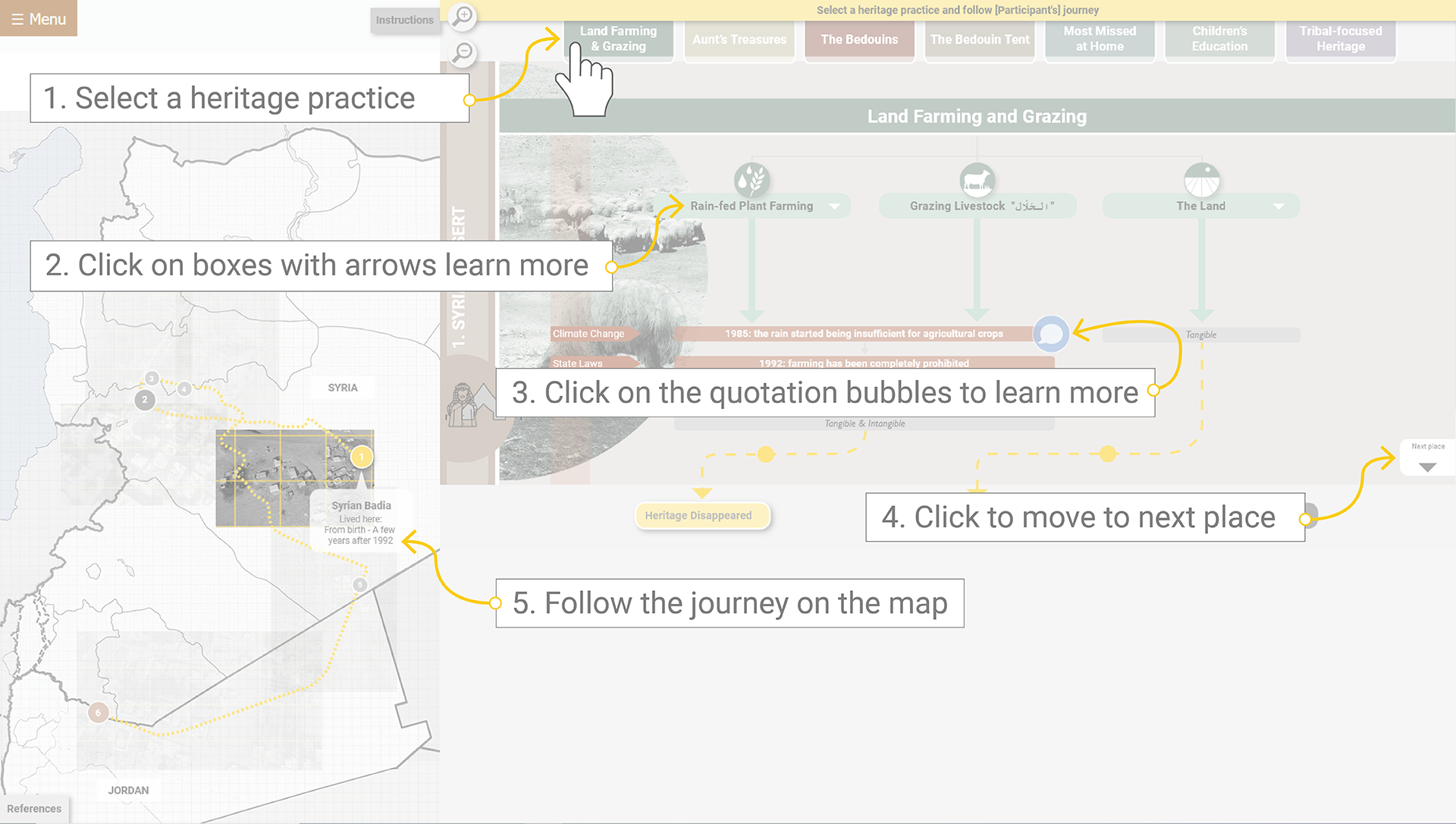
Note: For the best experience please browse the site using Chrome.

1. Land Farming and Grazing
1a - His land has a vacation home:
Image adapted from:
[Village in Homs], n.d., [image online] Available at: ❮https://golantimes.com/news/24268❯
1b - Throughout the conflict [quote]
Image adapted from:
Jafarnejad, H., 2018. Homs [online image] Available at: ❮https://commons.wikimedia.org/wiki/File:Homs_13970819_05.jpg❯
1c - In 1985, the rain started being insufficient for agricultural crops [quote]
Pala, M., Oweis, T., Benli, B., De Pauw, E., El Mourid, M., Karrou, M., Jamal, M., and Zencirci, N., 2011. Assessment of wheat yield gap in the Mediterranean: case studies from Morocco, Syria and Turkey. Aleppo: ICARDA. Available at: ❮https://geoagro.icarda.org/downloads/publications/geo/Assessment_of_wheat.pdf❯
2. His Aunt's Treasures
2a - Al-Maenaqa & Al-Shaal:
Image adapted from:
Katsap A., Silverman F.L., 2016. Patterns, Colors, and Designs in Bedouins Rugs and Other Items. In: Ethnomathematics of Negev Bedouins’ Existence in Forms, Symbols and Geometric Patterns. SensePublishers, Rotterdam. Available at: ❮https://www.researchgate.net/figure/Gavuah-family-carpet_fig14_301266789❯
2b - Al-Maenaqa “المِعْنَقَة” [quote]
Image adapted from:
Katsap A., Silverman F.L., 2016. Ethnomathematics of Negev Bedouins’ Existence in Forms, Symbols and Geometric Patterns. Rotterdam: SensePublishers. pp. 167-205 Available at: ❮https://link.springer.com/chapter/10.1007%2F978-94-6209-950-0_7❯
3. The Bedouins' Proudest Belongings
3a - Cut off from the Bedouin Customs:
Image adapted from:
[نونفلا ةسردمو لاله ديعس سرادملا عراش ةبلعبريد طسو], n.d., [image online] Available at: ❮https://mapio.net/pic/p-79344053❯
4. A Bedouin Tent's Must-Haves "بَيْتِ الشَعْر"
4a - Syrian Desert:
Image adapted from:
Yeowatzup, 2010. Bedouin Tent, Syrian Desert [online image] Available at: ❮https://commons.wikimedia.org/wiki/File:Bedouin_Tent,_Syrian_Desert_(5079932783).jpg❯
4b - Al-Rabah, Al-Khudra, & Al-Rubab:
Image adapted from:
[نونفلا ةسردمو لاله ديعس سرادملا عراش ةبلعبريد طسو], n.d., [image online] Available at: ❮https://mapio.net/pic/p-79344053❯
4c - Bringing along the Nomadic Values:
Image adapted from:
Yeowatzup, 2010. Bedouin, Syrian Desert [online image] Available at: ❮https://commons.wikimedia.org/wiki/File:Bedouin,_Syrian_Desert_(5080529920).jpg❯
Al-Rababah "الرَّبَابَة": [quote]
Image adapted from:
4d - SharabSalam, 2020. Rebab a musical instrument [online image] Available at: ❮https://en.wikipedia.org/wiki/File:Rebab_a_musical_instrument_01.jpg❯
and
4e - Hurley, F., 1940-1946. Rebabah [online image] Available at: ❮https://en.wikipedia.org/wiki/File:Rebabah.jpg❯
4f - Al-Khudra "الخُدْرة" [quote]
Image compiled using the following resources:
Hilden J.M., 2004. Changes in Nomadic Arab Weaving Due to Outside and Internal Influences, In: Textile Society of America Symposium Proceedings 486, Textile Society of America Symposium, Lincoln: University of Nebraska. Available at: ❮https://digitalcommons.unl.edu/cgi/viewcontent.cgi?article=1485&context=tsaconf❯
Al-Ogayyel, R., and Oskay, C., 2020. Al-Sadu Weaving: Significance and Circulation in the Arabian Gulf. In: All Things Arabia, Leiden: Brill. Available at: ❮https://doi.org/10.1163/9789004435926_010❯
5. Most Missed at Home
6. His Children's Education
7. Tribal-focused Heritage (Bani Khaled Tribe)
7a - Location of tribes on map is informed by the following report:
Miettunen, P., Shunnaq, M., 2020. Tribal networks and informal adaptive mechanisms of Syrian refugees: The case of the Bani Khalid tribe in Jordan, Syria and Lebanon. Beirut: Issam Fares Institute for Public Policy and International Affairs. Available at: ❮https://www.aub.edu.lb/ifi/Pages/publications/research_reports/2019-2020/20200215-tribal-networks-and-informal-adaptive-mechanisms-of-the-refugees.aspx❯
Al-Sulami, M., 2018. Rababah ... the Bedouins’ violin hits the right notes with visitors at Saudi National Camel Festival. Arab News, [online].
Available at: ❮https://www.arabnews.com/node/1220461/saudi-arabia❯
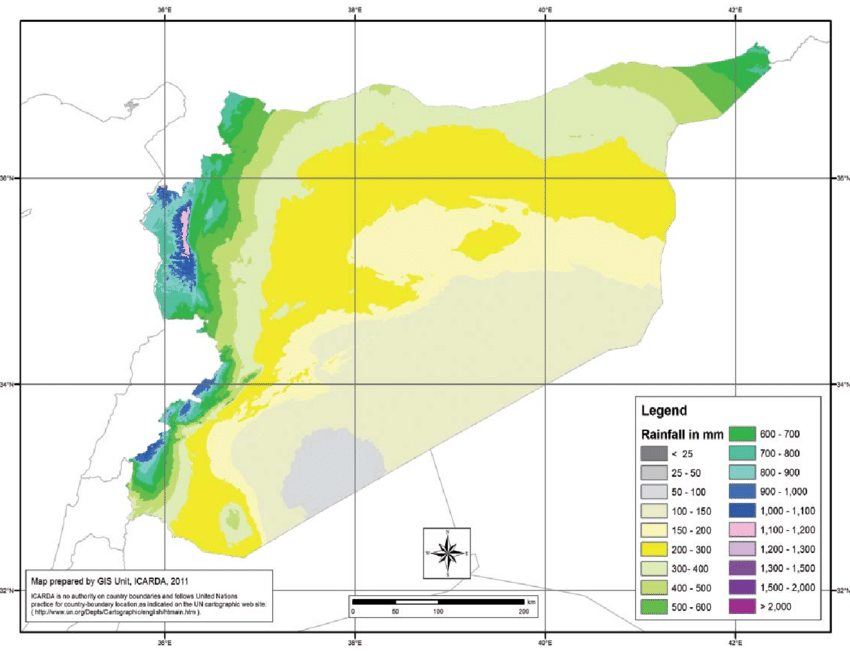
Image reference: See reference list 1c
Because the last few years have been drought years, I moved to Deir Baalba, Homs. According to studies, Syria is divided into five sections: the first line, the second line, the third, the fourth, and the fifth region. According to this classification, the first line is the line that receives the most rain, the second line is less, and the third line is less. We were in the fourth line.
Extract from interview with participant
The widening of the ozone hole has impacted the climate of the Arab world in general, and Syria in particular. The Syrian Badia region is experiencing less rain. This rain is insufficient for agricultural crops. As an example, I grow a lot of barley or wheat, and most of the time it ends up being a waste.
Extract from interview with participant
In 1992, they were preventing us from farming. They claim it is due to the spread of desertification. Farming has been completely prohibited. This had an impact on us as livestock breeders.
Extract from interview with participant
المِعْنَقَة
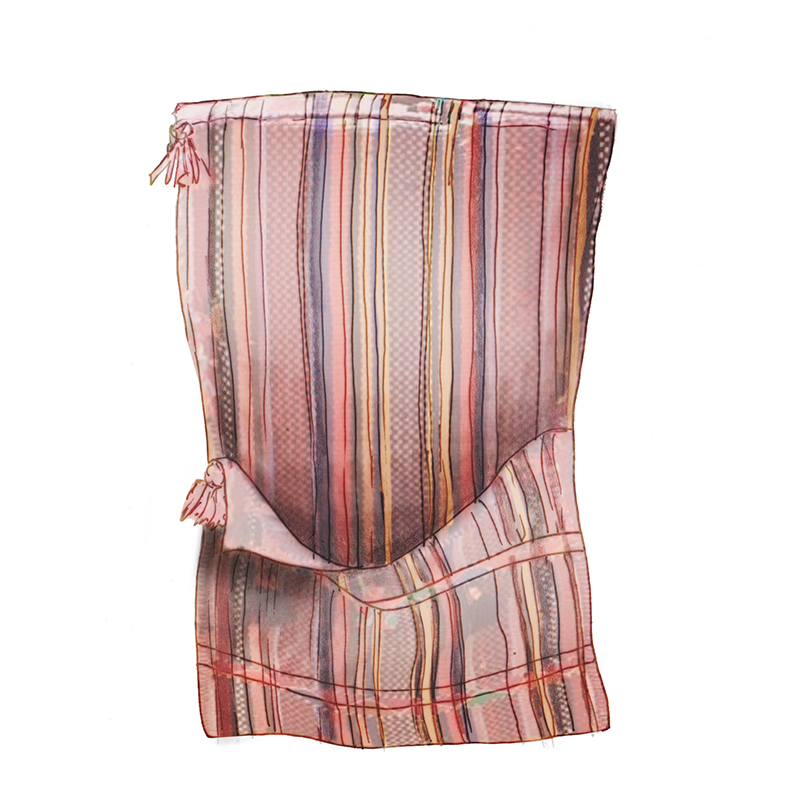
Image reference: See reference list 2b
Al-Meanaqa is a saddle bag produced by Bedouin women who spin dye and weave gorgeous colors into it, as well as other traditional crafts, for a variety of uses and as a home decoration item.
الخُدْرة
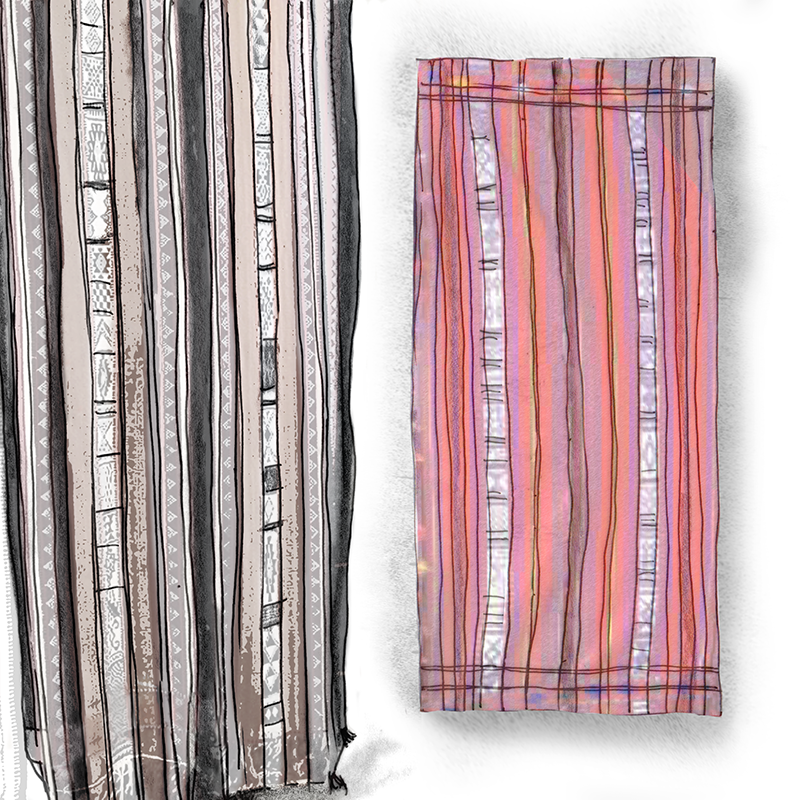
Image reference: See reference list 4f
The separator between men and women is called Khudra (الخردة), and it is a piece of fabric made of sheep's wool that they weave. They take it to a dying shop to be colored. According to the cleverness and art of the house owner, she enters beautiful colors so, it is a separator and a house décor.
Extract from interview with participant
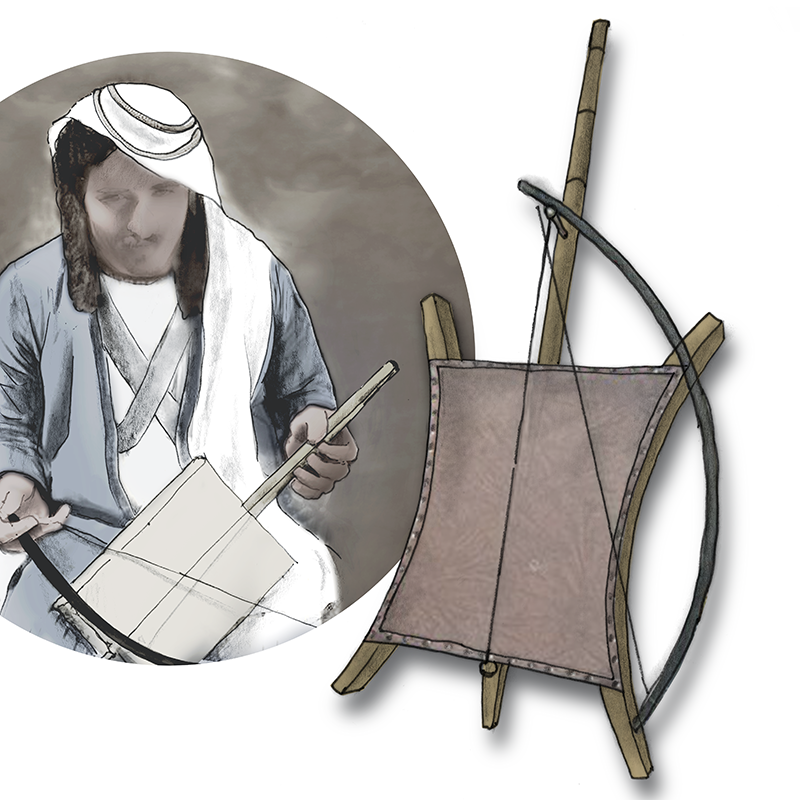
Image reference:
[Left] See reference list 4e / [Right] See reference list 4d
Most people enjoy playing Al-Rababah and some of them like to tell poetry while playing it.
Extract from interview with participant
Al Rababah is a musical instrument consisting of a rectangular wood plank with leather, strings from a horse's tail, and an ark. The instrument allows the player to perform all kinds of songs and music.
Reference: Al-Sulami, M., 2018.
القَهْوَة وقت الضُّحَى
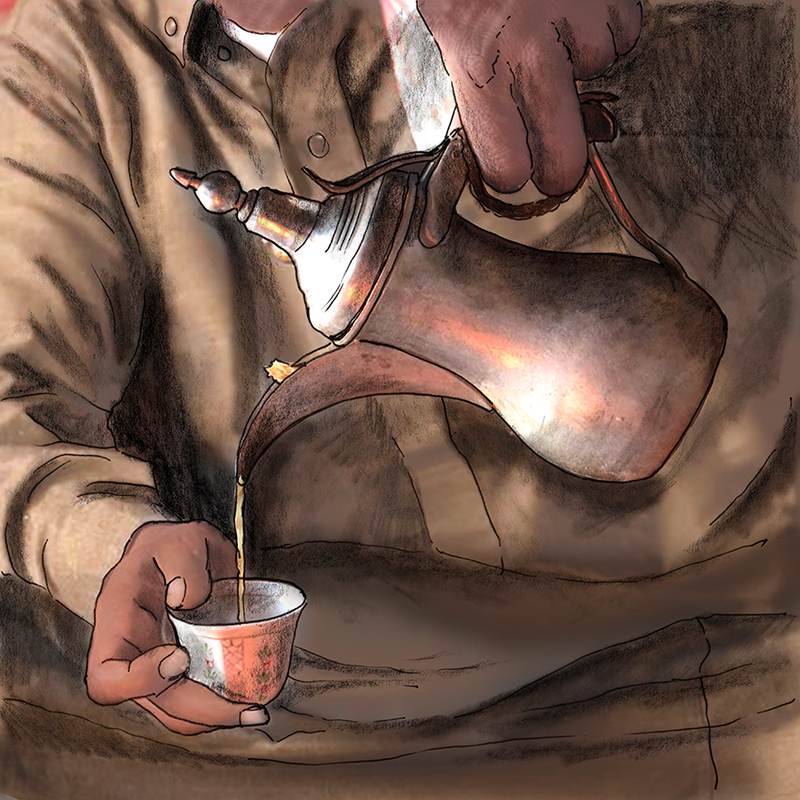
One of the Tent's requirements is to honor the guest, along with the black Arabic coffee. This coffee is known as Duha coffee (Morning coffee -القَهْوَة وقت الضُّحَى ); when a man is left with nothing to do after feeding and drinking his livestock, he gathers with his friends and family. Between the hours of 8 and 10 am, everyone gathers at an elderly person to discuss the latest news and other discussions.
Extract from interview with participant
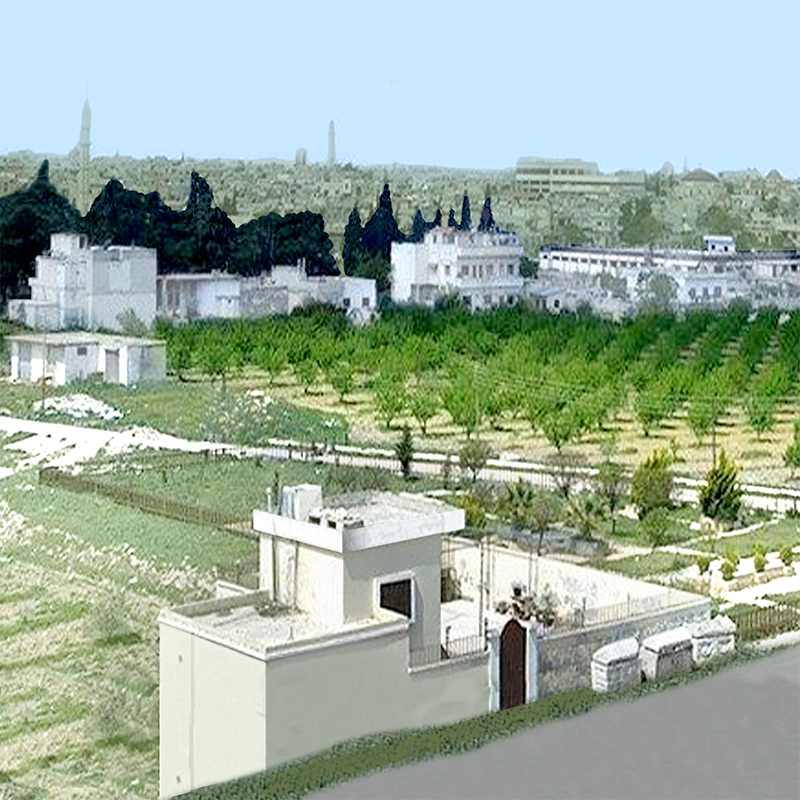
Image reference: See reference list 1a
I was living in the city, but my eyes were on the village.
Extract from interview with participant
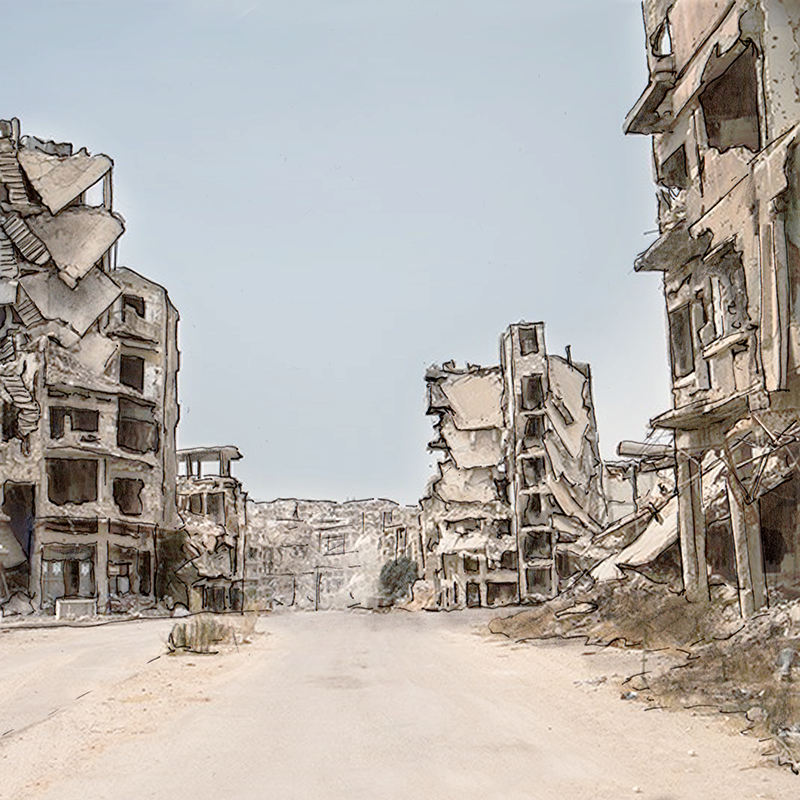
Image reference: See reference list 1b
The first is that Syrians have lost their homeland. No one understands the pain of losing one's homeland except for those who have experienced it. One lost a homeland, a house, a land, and properties, which meant the destruction of life. The second is education; I was eager to teach my children to obtain at least a certificate that would allow them to work in any state job. However, The war began with a turning point in their studies; the beginning of their preparing stage.
Extract from interview with participant
Around 2011. From Sep. onwards, the events became more intense. Previously, there were clashes from Mar. to Sep.; on Friday, there were demonstrations and a few gunshots. Following that, there was an increase in checkpoints and beatings.
Extract from interview with participant
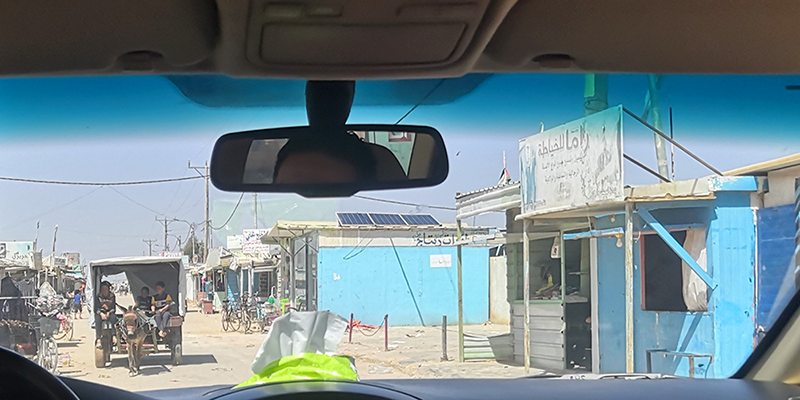
The painful thing is that I'm not allowed to drive a car in Jordan with this license number. Now I am a refugee with no rights. They are referred to as human rights. Nothing has been seen, only a few of our rights.
Extract from interview with participant
The Syrian adaptation in Jordan has been largely influenced by tribal relations. The Bani Khaled tribe is a significant Bedouin tribe that spans Syria, Jordan, and other nations, providing a long-standing link between its members. Several Jordanian Bani Khaled members invited Syrian members to their homes or lands during the Syrian events, reconfiguring tribe relations as a social resilience practice.
Suggested research report:
Tribal networks and informal adaptive mechanisms of Syrian refugees: The case of the Bani Khalid tribe in Jordan, Syria and Lebanon
Written by Paivi Miettunen, University of Helsinki and Mohammed Shunnaq, Yarmouk University
Link to the Research Report